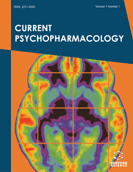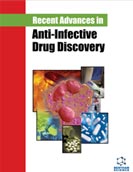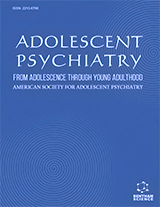Abstract
The ATS is a slow-progressive process involving arteries with large and medium diameter. It seems to result both from an immune and inflammatory reaction and several studies have shown the endothelial reaction to various injuries as the main mechanism involved in the development of the focal atherosclerotic wall lesions. These lesions initially do not obstruct the blood flow. However, thrombotic events can occur and cause ischemia of the region supplied by the injured artery. The vulnerable plaque (eccentric, non stenotic, with a thin fibrous cap and big lipid core, rich of inflammatory and smooth muscle cells) is a particular type of lesion which can easily lead to complications.
Keywords: Endothelial dysfunction, foam cells, fatty streaks, pre-atheroma, atheroma, fibro-atheroma, vulnerable plaque, hemorrhage, rupture, thrombosis.
About this chapter
Cite this chapter as:
S. Novo, G.R. Amoroso, F. Bonura, P. Carità, E. Corrado, G. Novo ;Pathogenesis of Atherosclerotic Plaque, Preclinical Atherosclerosis, Global Cardiovascular Risk and Cardiovascular Events (2012) 1: 5. https://doi.org/10.2174/978160805221911201010005
| DOI https://doi.org/10.2174/978160805221911201010005 |
| Publisher Name Bentham Science Publisher |






















